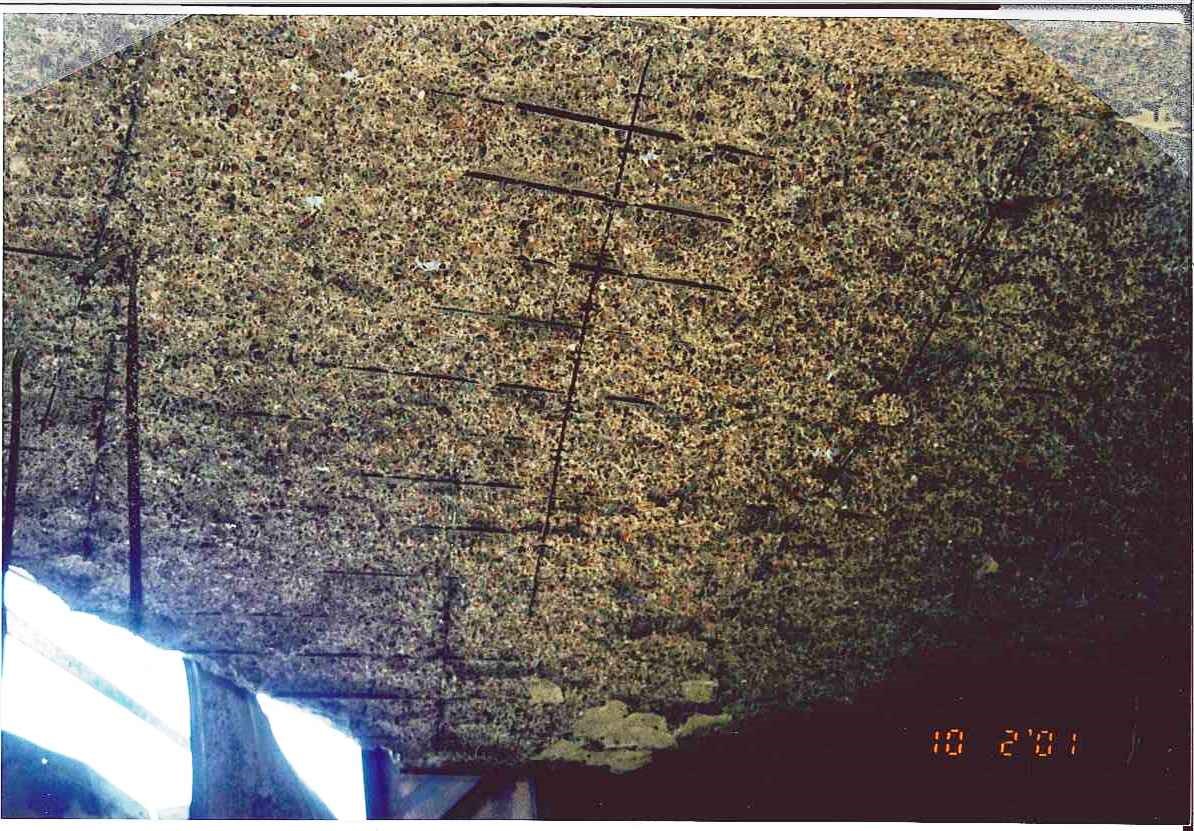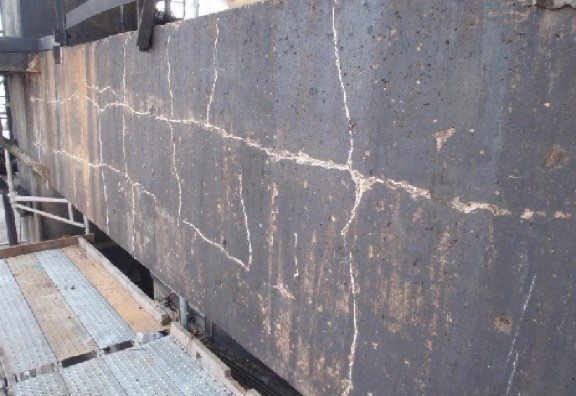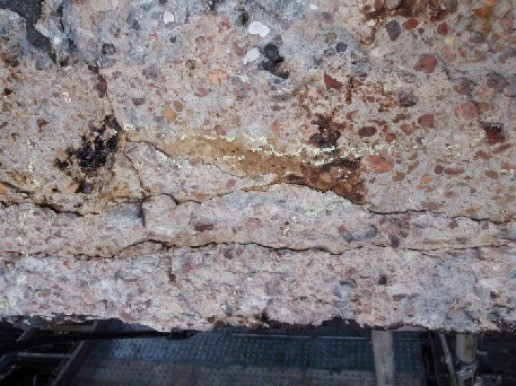Fire Effects on Concrete
The Effects of Fire on Concrete
As we discussed in our last blog, there are often multiple types of damage to the building materials. An understanding of the mechanical and physical properties of the building materials and the effects that heat has on those properties are important aspects of the damage assessment. Knowing how heat affects various building materials can be helpful in determining the level of damage to building components.
What Happens When Concrete is exposed to Fire?
Concrete exposed to the elevated temperatures of a fire can experience both mechanical changes and chemical changes. Potential mechanical changes include:
- Spalling ‐ The expulsion of portions of concrete from the surface layer.
- External cracking ‐ Thermal expansion & dehydration of concrete.
Both can provide pathways for direct heating of exposed Reinforcing Steel (rebar).
Example of concrete cover spalled from the bottom of an elevated slab due to a fire:

Example of concrete beam cracking due to a fire:

At temperatures in excess of 260°C (500°F), rebar can become brittle (a.k.a. “blue brittleness”). At temperatures in excess of 704°C (1300°F), rebar can lose 20% of its design strength. Structural failure of reinforced concrete often occurs when the effective tensile strength of steel reinforcement is lost through heating.
Potential chemical changes in concrete exposed to the heat of a fire include:
Aggregate Changes
- Quartz‐based aggregates increase in volume
- Limestone aggregates decompose
Discoloration due to changes in the concrete compounds
- Concrete will turn pink as a result of chemical changes in compounds containing iron
Carbonation
- Breakdown of cement paste in concrete
- Results in a reduction in alkalinity, or protective coating, which promotes corrosion of the rebar.
Example of chemical changes on fire-damaged concrete:

Pink Discoloration –
Indicates chemical changes in the iron-containing compounds. Occurs when temperatures are greater than 300°C (570° F) for an extended period. Indicates damage beyond repair and requires replacement of the concrete.
Concrete properties do not reverse themselves, as opposed to steel. This is due to the transformations of the physical and chemical properties of the cement itself.
In a future blog, we will discuss methods that can be used to evaluate the effects of fire on various structural members.

